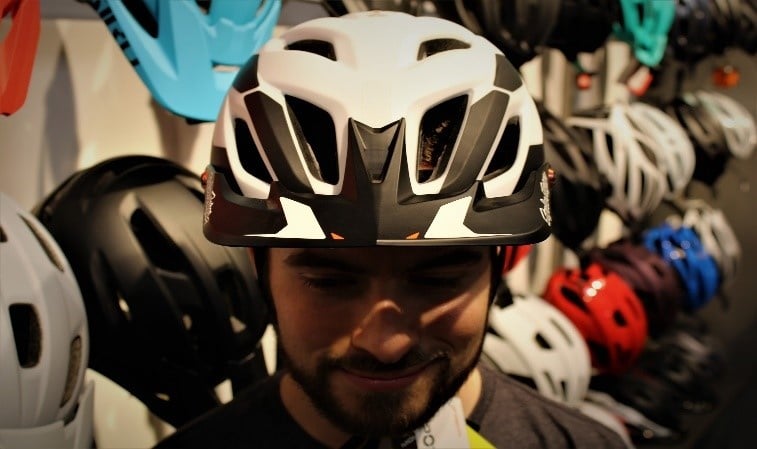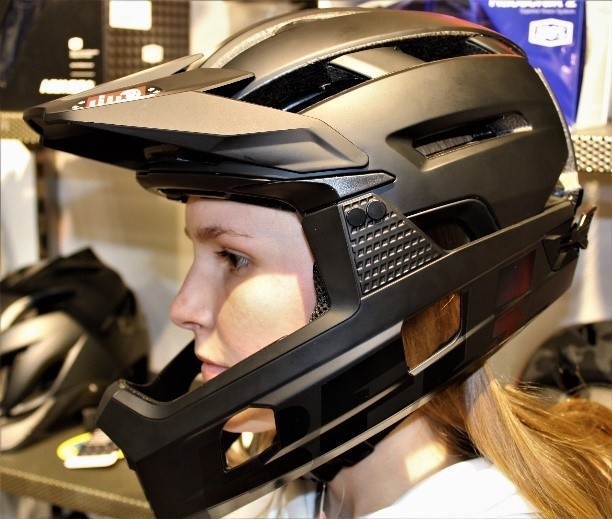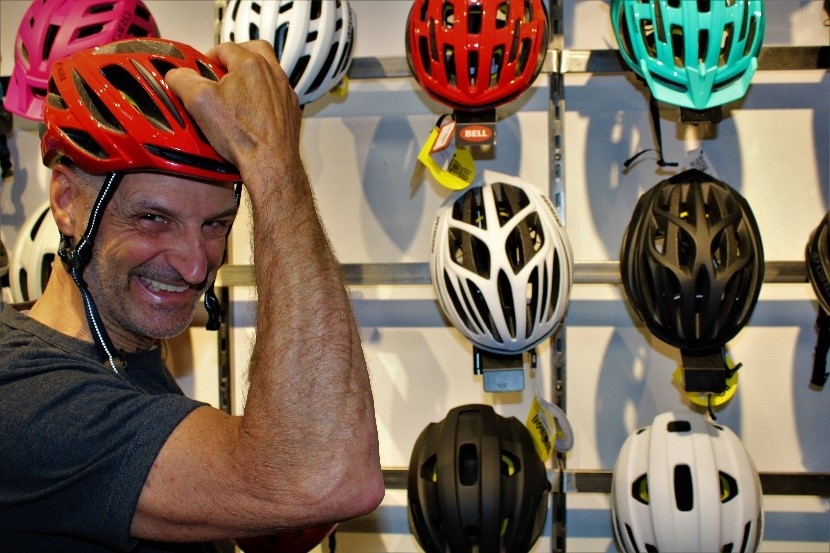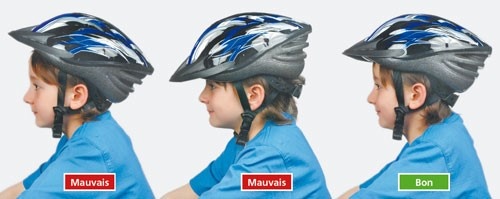As an advisor, I too often notice that the choice of protections is the part of equipment that customers leave a little behind after choosing a frame. Yet having your head on the bike ... it's important!
The lifespan of an approved helmet is 3 to 5 years, depending on its use. To choose the right helmet, you need to keep a cool head and learn about the differences and the peculiarities between those made for the road and others for the mountain.
Helmets for road cycling have specific features adapted to this discipline.
First, they are very airy. One can easily observe the multiple hatches which provide increased ventilation during long outings in the sun. Second, these helmets are very light. Made smaller, they descend less low behind the head and on the sides. This reduces the amount of materials used, producing a comfortable helmet that you won't feel after a while. Lightness, comfort and ventilation for this category should be remembered, as well as a budget adapted to the frequency of your outings.

Mountain bike helmets are increasingly adapted to the evolution of the sport.
These helmets are initially more robust and descend lower behind the head. They also offer increased protection on the sides against impacts and specificities for inclement weather. In particular, the pallet is present to block and protect from the sun's rays, rain or mud during descents or technical climbs. For personal preference, visor or not does not change your safety.

These helmets can also have an integrated or removable (full face) jaw protector for additional protection of the teeth, chin and nose.


Road or mountain: the adjustment principles remain the same
Start with the adjustment system on the back. The adjustment wheel allows you to adapt the helmet to your head size. Maximize the diameter of this first fastening system. Then put the helmet on your head. Readjust the system until the headphones stop moving. It should be able to stay in place even if you nod your head. Tighten this device without you feeling any pressure points.
It is important to position the nylon straps correctly around the ears and below the throat. You need to adjust their length so that they can form a "Y" on either side of your ears. Once you have found the right length, you can buckle the closure system. At the chin bar, tighten reasonably. If you can slip 2 fingers between the strap and the chin, the adjustment is good. During an impact the nylon tie will keep the helmet securely in place, without trying to put pressure on the throat.

The new MIPS technology, which appeared a few years ago.
This MIPS (Multi-directional Protection System) technology is now in almost all helmets, whether in the mountains or on the road. Concretely, it acts like the cerebrospinal fluid around the brain. This preventative element allows a slight movement of the head independent of the helmet. On impact, MIPS distributes some of the force over a larger area which will reduce the impact. MIPS does not prevent concussions, but helps reduce their severity.


P.S. of Jacob ...
Ah yes ! Dear parents, stop tying the neck strap too tight and make sure the helmet is seated fairly well on the forehead. Wearing an ill-fitting helmet is like not wearing one!




 Bikes
Bikes
 Nordic Skis
Nordic Skis
 Scooters
Scooters
 Eyewear
Eyewear
 Earphones
Earphones
 Nutrition
Nutrition
 Cartes Cadeaux
Cartes Cadeaux
 Note sur facture
Note sur facture
 CCMSA
CCMSA





